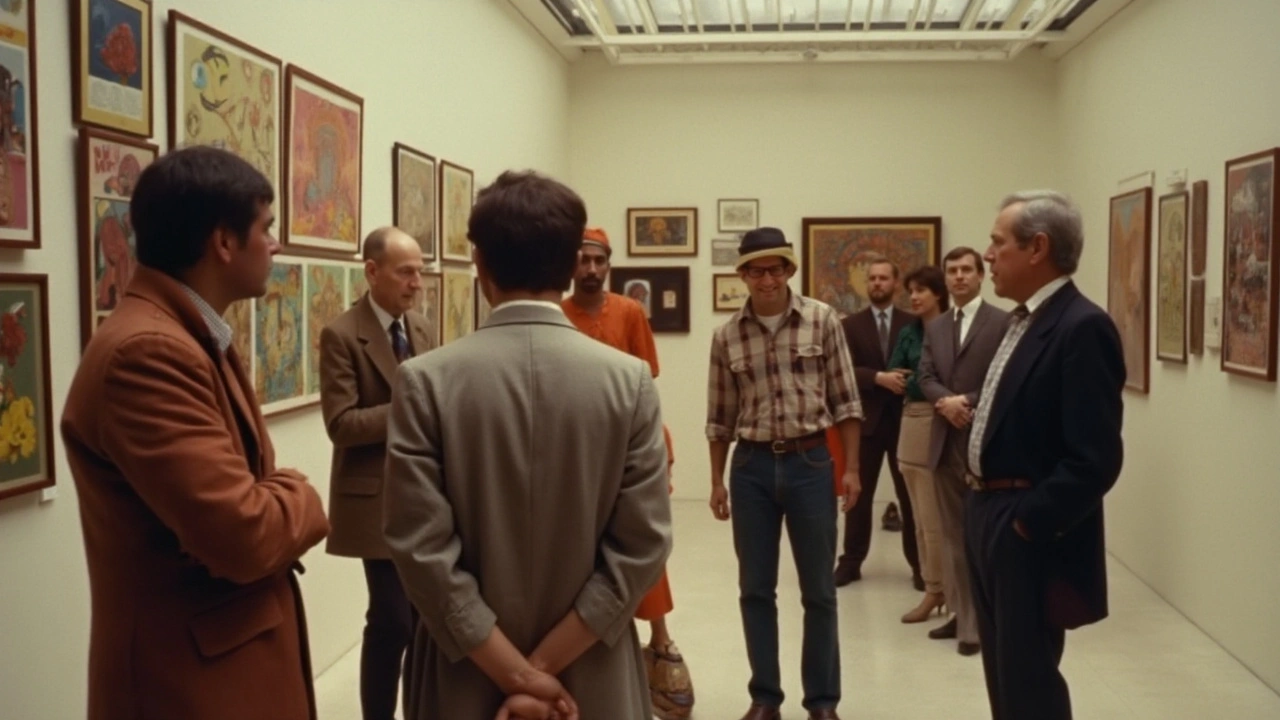1960s Art: Why This Decade Still Shapes What We See
The 1960s exploded art boundaries. Artists walked out of galleries and into streets, factories, and deserts. If you want to understand modern visual culture, this decade is a shortcut. It hit pop culture, politics, and everyday design at once. You can see its fingerprints in posters, interiors, and online visuals today.
Pop Art made images from ads and comics look serious. Andy Warhol and Roy Lichtenstein turned soup cans and comic panels into art you talk about at dinner. That move changed what people count as art. Suddenly everyday stuff could be art, and that opened doors for later movements like photorealism and graphic design trends.
Minimalism and Conceptual art stripped art down to idea and form. Donald Judd and others used simple shapes to force you to look at space, not just objects. Conceptual artists said the idea could be the work itself. This mattered because it shifted value from skill to message, a shift you still feel in contemporary art and design thinking.
Fluxus and performance art blurred art and life. Yoko Ono, George Maciunas, and their peers staged playful, noisy events that mixed music, theater, and everyday actions. These works were often cheap, fast, and meant to include the audience. That approach made art less about owning a painting and more about taking part in an event.
Land Art rewired where art happens. Robert Smithson and others moved big works into nature, using rocks, earth, and remote sites. They made viewers travel to see the work. That idea pushed public art and urban design in new directions, and today you still find parks and plazas inspired by that scale and idea.
Photorealism began late in the decade as cameras and art crossed paths. Artists used photos to build paintings that look like real photographs. Learning those techniques shows how careful observation and tech can combine. If you like realistic painting, the 1960s give key lessons on light, detail, and patience.
How to Spot 1960s Influence Today
Look for bold colors and flat shapes. That’s a Pop Art move. Big scale or earth materials point to Land Art. When art feels like a question, not an answer, it borrows from Conceptual work. Performance and audience participation often echo Fluxus. Photorealism shows in paintings that read like photos. You’ll spot the 1960s in posters, public art, product photos, and even web design that favors simple icons and hard edges.
Quick Tips for Creators
Try one experiment: pick a familiar object and make it big, flat, or repeated. Use a photo as your map and paint every detail to learn photorealism skills. Or stage a short, simple event and invite friends to react. Keep it low cost and casual. These small tests teach rules the 1960s artists broke. Testing beats copying. Make something that asks a question and people will remember it. Share your work in public places or online and watch how people respond. Feedback helps you learn fast.

